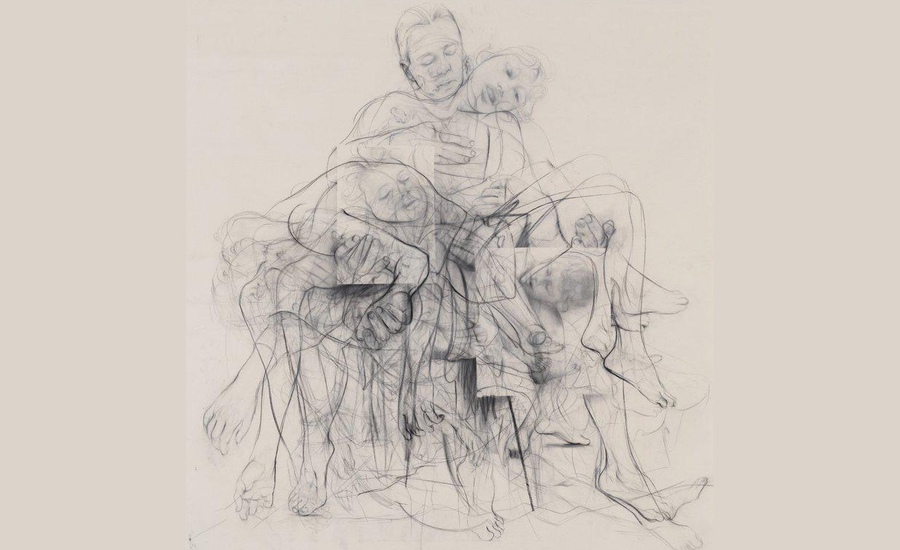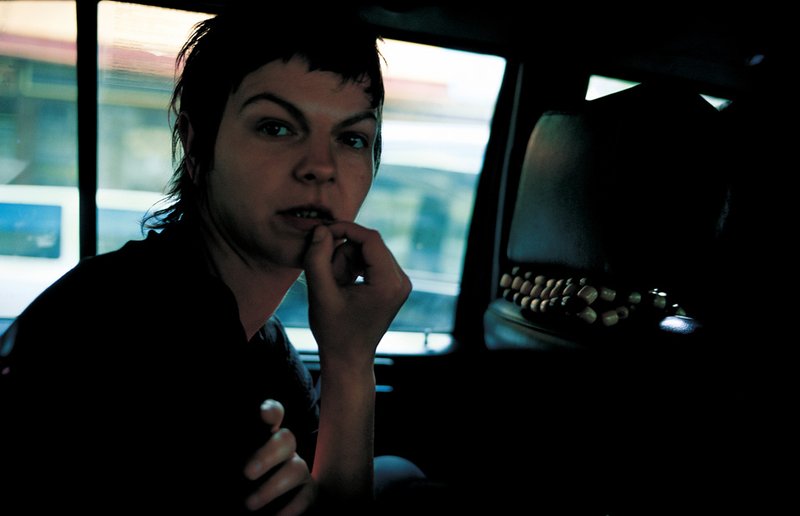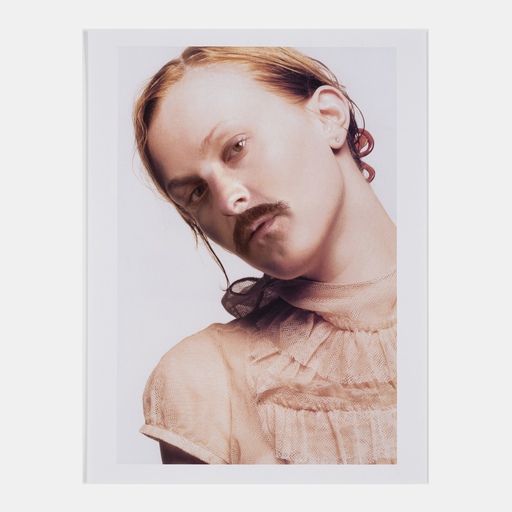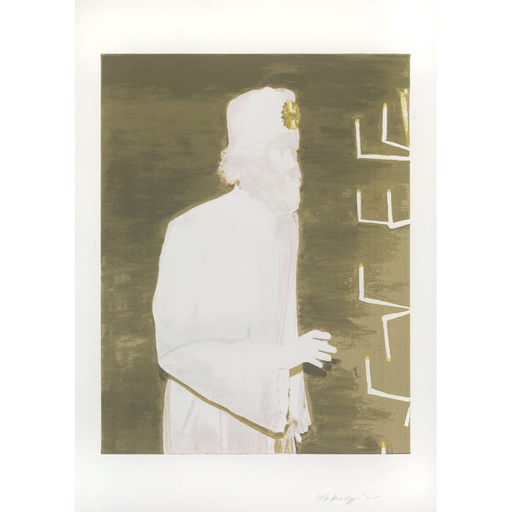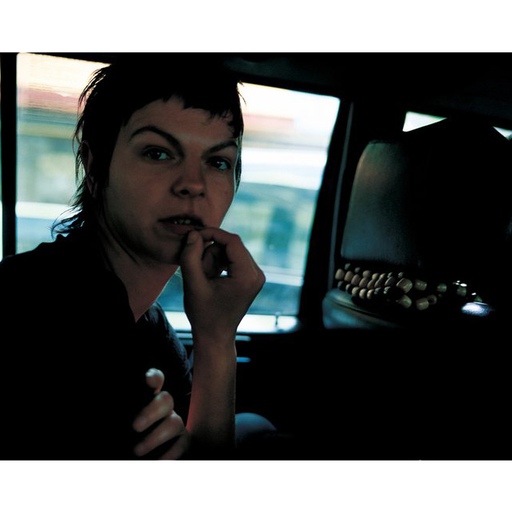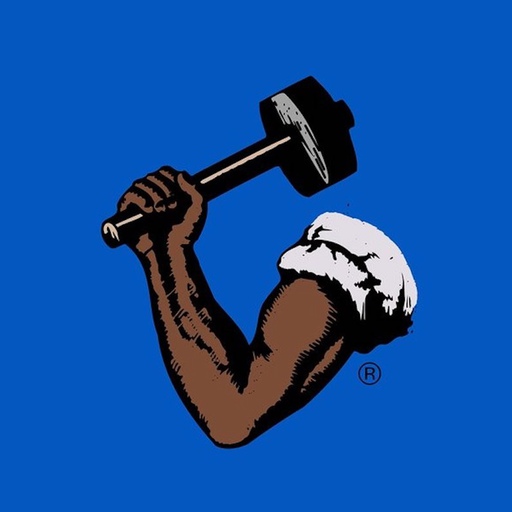How old is the male gaze? The term, which was coined by the British art critic John Berger in 1972 - and popularized by the film critic Laura Mulvey soon after - marks a half century this year. However, male objectification of female forms in art is, we can safely assert, a little more ancient. The female gaze, as both a concept, and a force within visual culture, is newer, and, perhaps consequently, far more vital. In these works, women artists give agency to female figures, and offer a different view of male subjects. If the works on your wall are showing a little gender bias, we thoroughly recommend you consider adding a few of these beautiful, valuable pieces.
Mickalene Thomas –
Jet Blue #11
(2021)
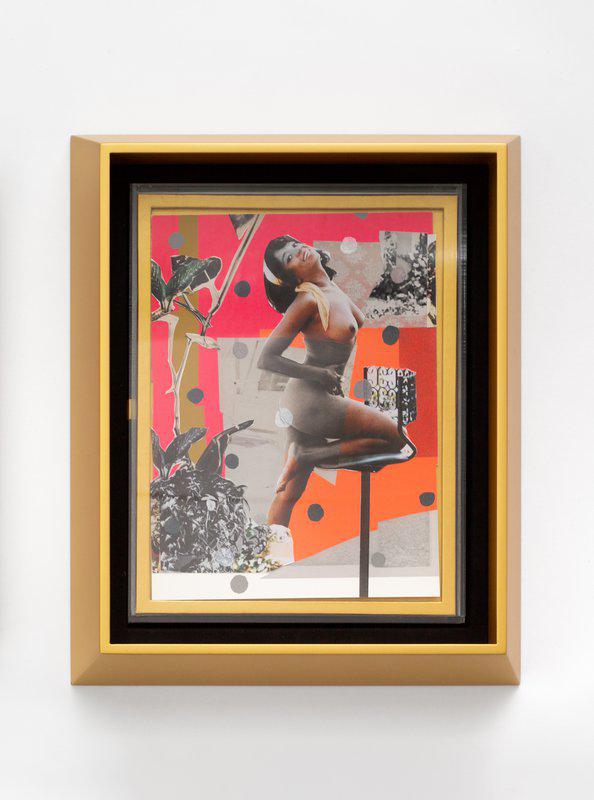
In 2012, Mickalene Thomas ’s mother died, and the artist inherited her mom’s box of Jet magazines. The 20th century African-American lifestyle publication included, alongside serious reportage, political coverage and fashion and beauty advice, some semi-nude glamor photography. For her recent series, Jet Blue, Thomas appropriated these images and others, to produce a set of works that offer the artist’s own meditation on the Black female body. The models in Jet’s shoots were anonymous, and, as Thomas put it earlier this year, “I like to think that I’m giving them agency over what’s revealed—it’s gazing into their eyes and speaking to them, having conversations with the image. Who are you? What are you doing? Where are you from?”
Catherine Opie –
Herstory, Women's March
, 2017
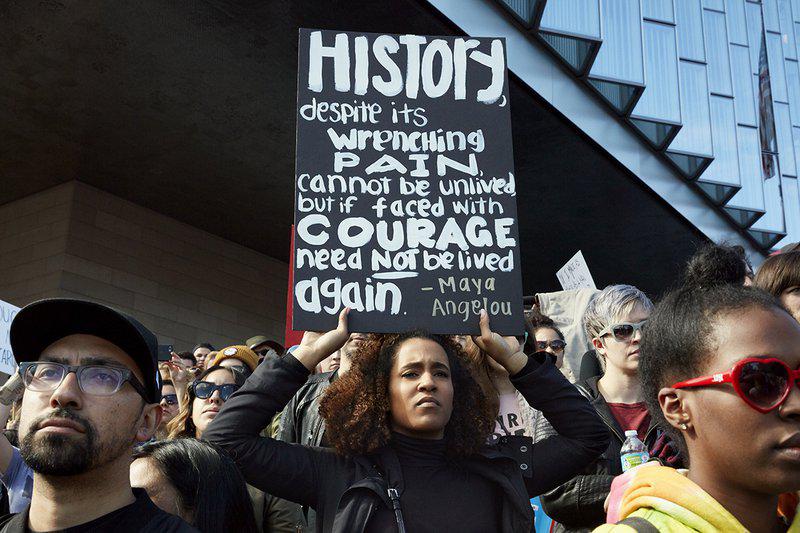
The American photographer Catherine Opie has photographed and helped organize public protests. Indeed, she undertook both roles at the first Women’s March, back in January 2017. That rally, as you may remember, was held the day after President Trump’s inauguration, and was staged to counter much of the perceived misogyny in the political narrative.
Opie ended up donning a safety vest to help marshall the crowd, but in the end had to take it off. “After a while I was like, no! I can’t do this; I’ve got to make my work!” she told Artspace . This picture was taken on the steps of the Federal Court House at 350 W 1st St, in Los Angeles, as marchers had begun to settle into a stationary crowd, and listen to speeches.
“The steps and the way that the light was reflecting off the building across the street you just turn and you’re like, 'OK there’s this amazing person holding this sign',” recalled the artist. “I was reacting to what she was holding up. It was just a beautiful moment. And it wasn’t just the US, it was throughout the world."
Kim Gordon –
Air bnb silverlake
, 2018
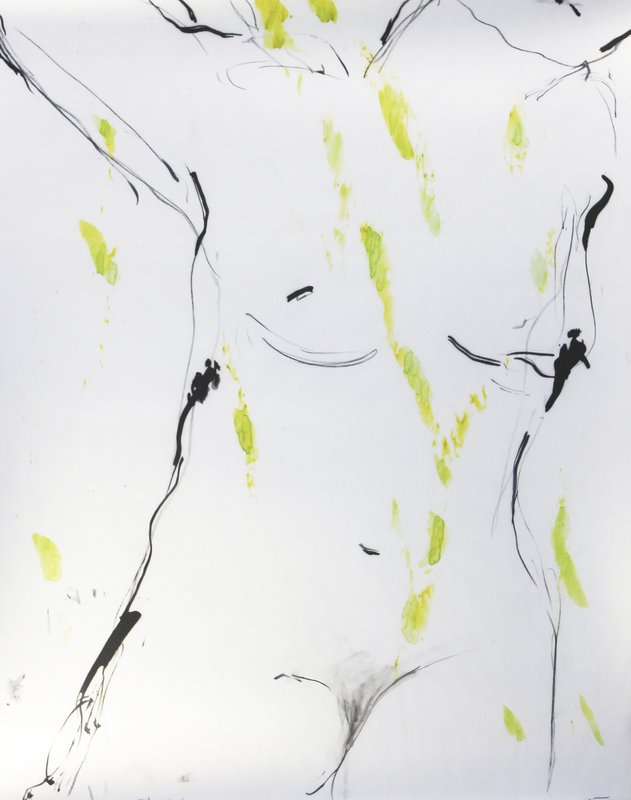
In 2011, musician and artist Kim Gordon separated from her romantic partner and co-founder of Sonic Youth, Thurston Moore. Following their split, Gordon relocated from the East Coast, back to her hometown of Los Angeles, initially staying in rented properties, leased via Airbnb. The aesthetic of the simple, minimal interiors found in many Airbnb homes informed her 2019 solo exhibition, She bites her tender mind, at the Irish Museum of Modern Art in Dublin.
“A room gets branded in a certain way, all the art, everything matches,” she said of the Airbnb aesthetic, “the toiletries in the bathroom are maybe the same color as the paintings.” The title of that show was taken from a Sappho poem, and Gordon also channelled the poet’s point of view in these works, which reflect female beauty while simultaneously trying to conjure up a more visceral, urgent take on contemporary feminism.
Camille Henrot –
Mother Tongue
, 2020/2021

The feminine trope of the perfect mother is almost as rigid as that of the great, female beauty. Henrot , an award-winning French artist, toys with this parenting paradigm in her work, Mother Tongue. “One might think it’s a traditional representation of a mother embracing her child but it also looks like Cronus, devouring the child a little bit,” she told Artspace . “The arm that carries the child is weakened and exhausted, in contrast with the opulence and fleshiness of the body of the child.
Henrot herself had become a parent prior to the work’s creation, but she isn’t keen on an autobiographical reading, but instead welcomes viewers to consider the wider remits of parenthood. “To me, parenting is a very interesting field or source for material because of its messiness.” she said. “It’s complex and ambivalent and unstable. There is tenderness but there is also anger. There is attraction but there is also repulsion. And if you pull on these strings, everything comes together: sexuality, love, death, and much more.”
Cecily Brown –
All The Nightmares Came Today
, 2012/2019

Rock scholars may recognise the source material for Brown’s image, and her title. This work is one of many which is inspired by the group nude photograph which has graced the inner and outer sleeves of Electric Ladyland by Jimi Hendrix (the packaging varied from country to country and year to year).
The title, meanwhile, is a line from David Bowie’s 1971 song, Oh! You Pretty Things. The photo, which featured women from London’s club scene, none of whom were professional models, might have been seen as exploitative at the time, yet Brown reclaims the image. “The women dominate, their spectral forms slipping in and out of visibility, their faces alternating between melting and masks,” writes Jason Rosenfeld in Brown’s Phaidon monograph. “The women’s eyes follow you everywhere, and the source material, as in so much of Brown’s art, fades away as she claims the subject for her own.”
Nan Goldin – Valérie in the taxi, Paris, 2001, 2004
In the autumn of 1995, Nan Goldin was in Paris shooting a feature for the New York Times, profiling the American model James King. There, in the offices of the French designer Jean Colonna, Goldin met the former model turned designer and editor Valérie Massadian. The pair became close friends; Massadian worked for Goldin; Goldin photographed Massadian – in the nude, in bed, as well as in more public settings, such as this photograph of her in the back of a taxi.
This 2001 image captures something of their friendship, and something of the moment. Admire Valerie’s anxious face, as she and Goldin slip through the daylit streets of Paris, and you may also think of a time, when failure or success was only a cab fare away.
Jenny Saville –
Chapter (for Linda Nochlin)
, 2016/2018
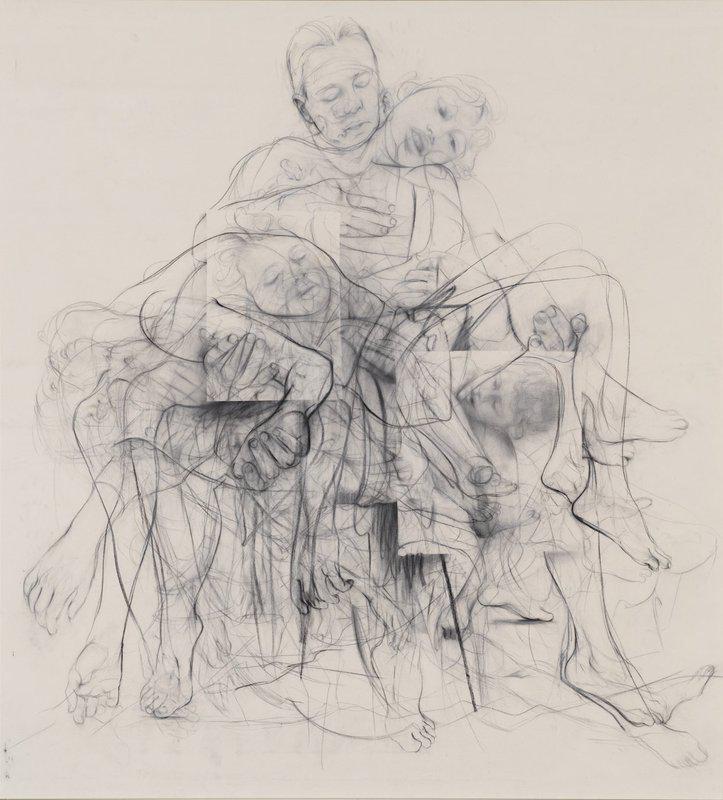
Linda Nochiln is, of course, the American art historian who wrote the 1971 article, Why Have There Been No Great Women Artists?, in which she outlined the institutional barriers that held women back from succeeding within the arts.
Saville – a bonafide success, and an artist who takes a very long view of art history – seems to answer Nochlin’s question with her own, shifting, sensual work, suggesting bodies at work and rest over a great period of time.
Lubaina Himid –
Theatre of the Divine
, 2019
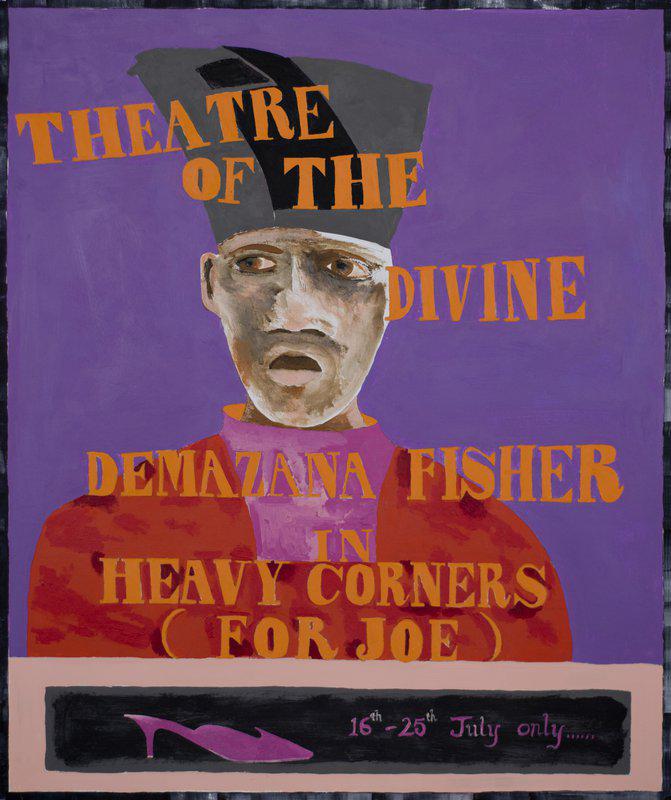
Himid ’s work imagines a fictional actor called Demanzana Fisher, starring in an imaginary play. It’s a typically fantastical, open-ended image, from this British artist whose work calls upon us to not only address historical and contemporary inequalities, but also enables us to imagine very different narratives and outcomes.
Theatre of the Divine , 2019 recalls the Theater of the Absurd, that crazed, and at times nihilistic postwar dramatic movement typified by playwrights such as Samuel Beckett and Jean Genet. Yet, in Himid's hands it all seems lighter and more hopeful.
Dana Schutz –
Adversaries
,
2019
`
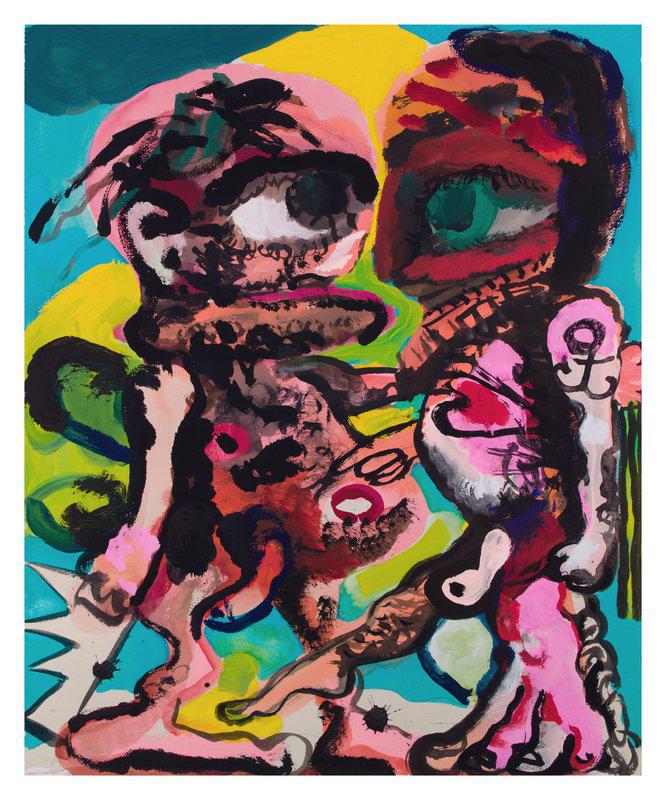
Which adversary has the upper hand in this image? It’s unclear, just as the grounds for their antagonism remains murky. Perhaps it should stay that way; In this American painter’s work, messiness isn’t a bug; it’s a feature. “A curious blend of playful, colorful humor and dark, morbid abjection, Schutz ’s oeuvre references modernist styles such as Expressionism and Cubism alongside the language of cartoons and the distortion of images in the digital era,” explains the text in Phaidon’s book, Great Women Artists . “Atrocious, ridiculous or impossible acts are often rendered with energetic painterly glee.”
Ebony G. Patterson –
Untitled (Among the weeds, backpack, shoes, and stones)
, 2015/2018
What has happened to the owner of the backpack, clothes and shoes in this work? Patterson leads us in with a beguiling, beautiful mix of flowers and patterns, before presenting us with something akin to a crime scene, or at least a visual, missing-persons report.
In her work we are invited to see beyond the facades created by the ‘fabricated fantasies of a consumerist culture and instead consider the realities of those ‘not touched by the glitter and gold’.
It’s hard to deny the beauty of this work by the Jamaican-born artist, just as it is nearly impossible to avoid darker meditations on unmoving bodies, killings and racial injustice.











